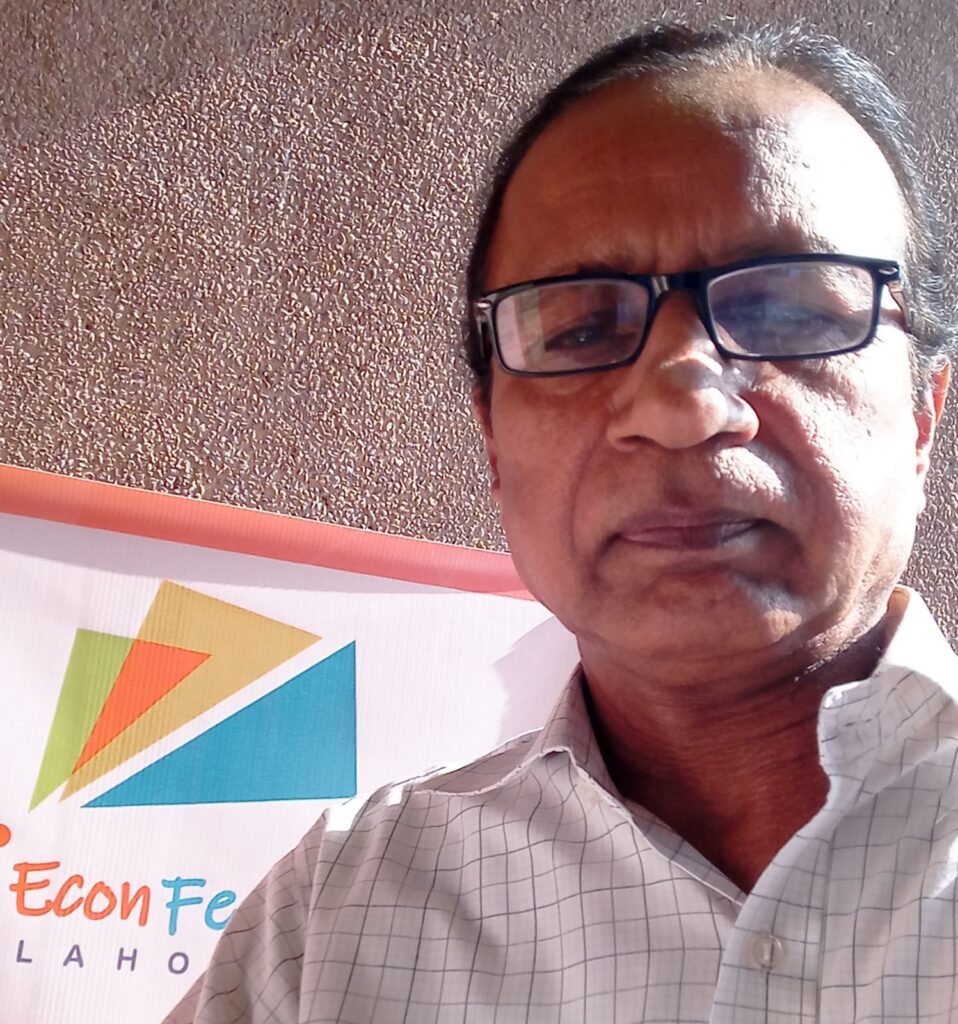The Political Kingdom of Pakistan
The Government of India Act 1935 declared “Pakistan” only as an independent dominion. Then in the constitution of 1956, the state was named as the “Islamic Republic of Pakistan.” However, when the constitution of 1962 was promulgated, the state of Pakistan found a new name, “Republic of Pakistan” with the prefix “Islamic” dropped. The same was restored to its original position in 1963. Down the road, the constitution of 1973 retained this nomenclature for the state of Pakistan; so the name resonates to this day.
… But one question has perennially been raising its head through the 7 decades of the history of Pakistani state: Did this naming, renaming, i.e. conversion and neutralization of the state of Pakistan make any difference to the life of the ordinary citizens of Pakistan? Has the politics which produced, abrogated, suspended or put in abeyance these constitutions
Charter of Democracy’s half truth
As the Pakistan Tehreek-e-Insaf and Pakistan Awami Tehreek launched this August 14 their “Azadi March” and “Inqilab March” respectively, and then undertook the Sit-Ins (Dharnas) in Islamabad; day by day it was increasingly perceived as a deadly threat to political constitutional set-up prevailing in the country. With worsening law and order situation in the capital including the fears of occupation of state buildings by the marchers, the fear of military intervention loomed large on the political horizon. However, in the face of it something very surprising took place: All the political parties sitting in the parliament reposed and reiterated their complete confidence in the current political set-up, including the government, rejected the marchers’ calls for prime minister’s resignation, dissolution of national and provincial assemblies, and holding of mid-term elections. More to it, bar associations and civil society organizations throughout the country supported
… 
